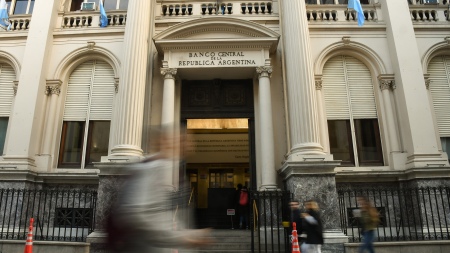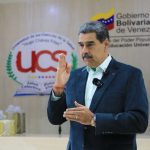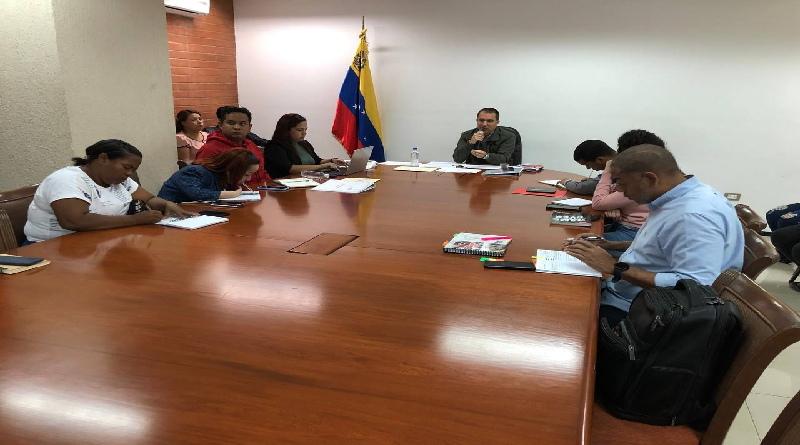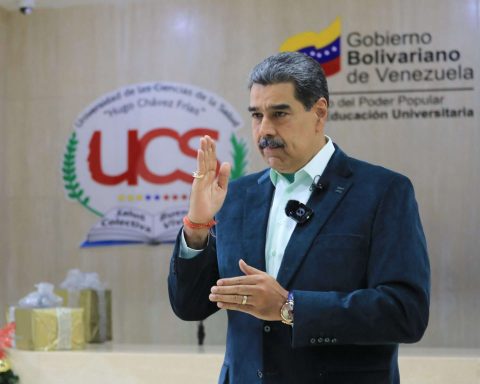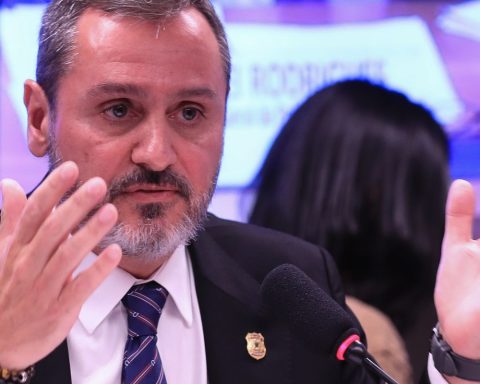The board of the Central Bank of the Argentine Republic (BCRA) approved the issuance of a new banknote that will incorporate the denomination $2,000 and that will be integrated into the current Peso Line.
The new banknote, designed in collaboration with Casa de Moneda, will commemorate the development of science and medicine in Argentina and will feature the Malbrán Institute, and Dr. Cecilia Grierson and Dr. Ramón Carrillo, pioneers in the development of medicine in our countryreported the entity.
“While the payment digitization process progresses, this higher denomination bill will improve the operation of ATMs and at the same time optimize the transfer of cash,” the BCRA said in a press release.
The design of the new banknote
On the obverse of the bill will be the figures of Grierson and Carrillo and on the reverse of the bill the building of the National Institute of Microbiology Dr. Carlos G. Malbrán is represented.
Cecilia Grierson She was the first doctor in Argentina, graduated in 1886 from the Faculty of Medicine of the University of Buenos Aires, the city where she was born in 1859 and died in 1934.
She practiced as an obstetrician and kinesiologist, but was never able to work as a surgeon because of her status as a woman, despite having the qualifying title for the specialty, and she created the first Nursing School in Latin America with a formal curriculum.
She was also a founding member of the Argentine Medical Association and pioneer of the idea of opening first aid rooms in towns to help with primary care for the sick.
For his part, Ramon Carrillo He was a neurosurgeon, neurobiologist, sanitary doctor and the first Minister of Health of the Nation.
Carrillo graduated from the Faculty of Medicine of the University of Buenos Aires in 1929, with a Medal of Honor, and was also a tenured professor of Neurosurgery at the Faculty of Medicine, although he abandoned his career as a neurologist to dedicate himself to the development of medicine. social (sanitary).
During his tenure as minister (1946-54), the use of vaccination certificates was made compulsory for schools and, in two years, endemic diseases such as malaria, typhus and brucellosis were eradicated, in addition to drastically reducing the index. of infant mortality.
Carrillo also promoted the incorporation of the health train that traveled throughout the country for 4 months of the year doing clinical analysis, x-rays, medical and dental care.
